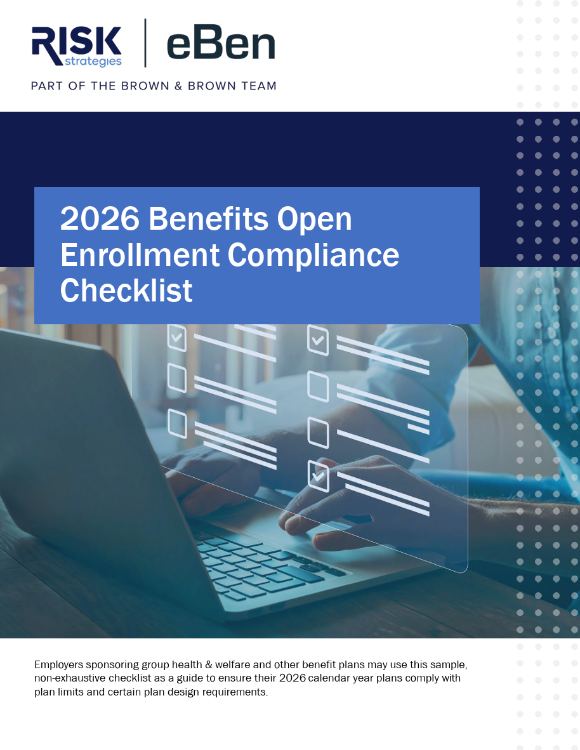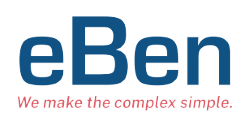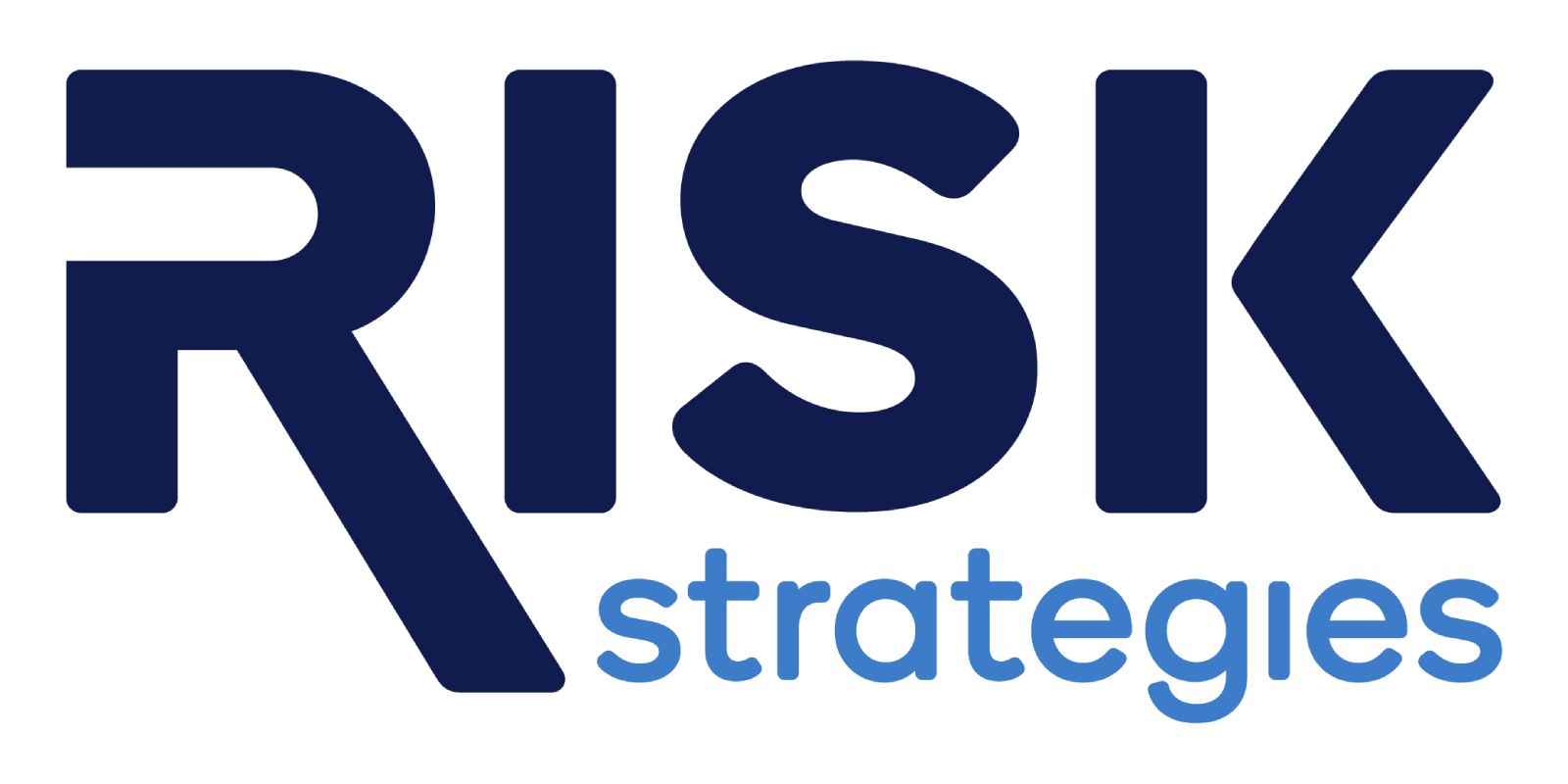A Must-Have Compliance Checklist for 2026 Benefits Enrollment

Use the checklist to streamline compliance efforts and ensure readiness for enrollment.
Stay prepared for the upcoming plan year with the 2026 Benefits Open Enrollment Compliance Checklist. This comprehensive tool equips HR teams and benefits professionals with critical regulatory updates and action steps for a compliant enrollment process.
- Validates ACA affordability and cost-sharing thresholds for 2026
- Details updated HSA, FSA, EBHRA, and transit contribution limits
- Outlines preventive care mandates and tele-health plan updates
- Supports preparation for nondiscrimination and parity testing
- Assists with accurate payroll setup and plan communications
- Helps meet annual notice and disclosure distribution requirements
Reminder: Gag Clause Attestation Due

Group health plans must submit their annual gag clause compliance attestation to the Departments by December 31, 2025. Fully insured plans may rely on their carriers, while self-funded plans should confirm whether their service providers will submit on their behalf or plan to do so directly. Fines may apply for noncompliance.
PCORI Fee Updated for 2026 Plan Years

The IRS has increased PCORI fees to $3.84 per covered life for plan years ending on or after October 1, 2025. Employers with self-funded plans must calculate and file fees using IRS Form 720 by July 31, 2026. Fully insured employers may still owe a fee if sponsoring separate HRAs or non-excepted Health FSAs, and should confirm filing responsibilities early.
A Holistic Shift in Specialty Pharmacy

Specialty pharmacy is evolving to address the growing complexity of new therapies, treatment delivery, and patient needs. This article outlines four critical focus areas driving better outcomes: medical data integration, AI-driven technologies, patient-centric services, and regulatory innovation. Stakeholders who adopt a broader care model will be better positioned to manage costs and improve results.
Clarifying Rules for Fertility Benefits

Federal agencies released new FAQs explaining how employers can offer fertility benefits as “excepted benefits” under current regulations. The guidance clarifies how stand-alone insured plans, HRAs, and EAPs can be structured to qualify, and provides additional insight into HSA compatibility and compliance obligations under ERISA, HIPAA, and COBRA.




